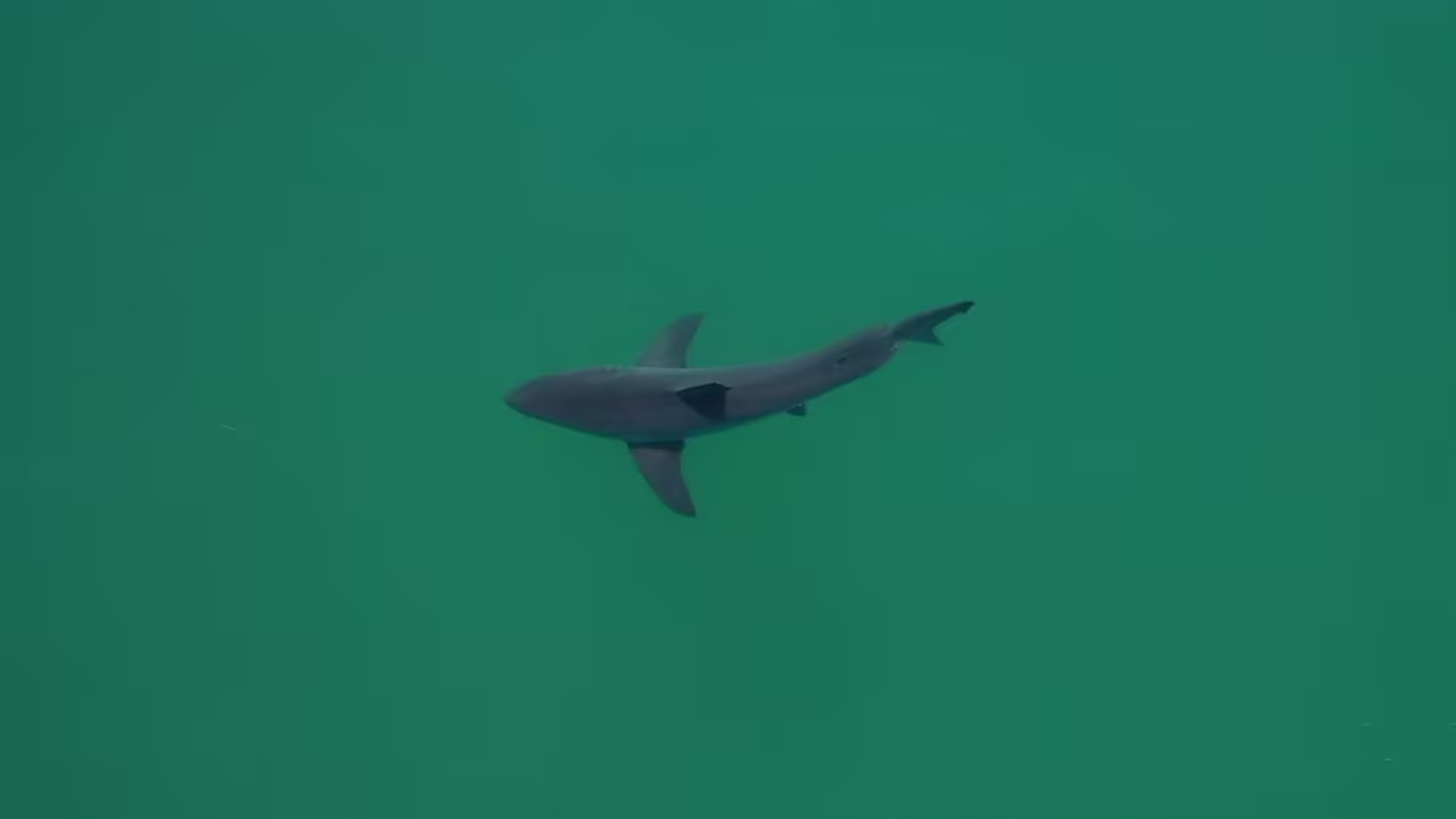The University of California Santa Barbara’s Benioff Ocean Science Laboratory (BOSL) is set to launch an innovative drone project called SharkEye, aimed at monitoring shark activity beneath the ocean surface. This initiative not only serves as a research program but also strives to enhance community safety through the use of advanced artificial intelligence (AI).
How SharkEye Works
SharkEye employs AI-equipped drones to issue precautionary warnings to registered beachgoers about potential shark sightings. If a shark is detected, the system immediately sends a text message alert to approximately 80 individuals, including lifeguards, surf shop owners, and parents or guardians of children in the monitored areas.
The Technology Behind SharkEye
Using video technology to collect data, the SharkEye system analyzes shark behavior and provides video recordings to an AI-based computer vision model. This AI technology enables rapid scanning and identification of great white sharks in areas such as Padaro Beach near Santa Barbara, California.
The Need for AI in Shark Detection
Great white shark sightings in California have increased significantly, particularly among juveniles. Between 2017 and 2021, lifeguards observed a fivefold increase in sightings, with many incidents involving young sharks. Traditional shark monitoring methods, reliant on constant human vigilance and prone to errors due to factors like glare and water movement, have proven challenging.
SharkEye addresses these challenges by leveraging AI’s ability to distinguish sharks from other objects such as paddleboarders, seals, dolphins, and kelp. This precision helps overcome the limitations of human observation and enhances the overall effectiveness of shark detection efforts.
Broader Implications
Neil Nathan, a project scientist with BOSL, highlighted the potential benefits of automating shark detection for communities beyond California. Various regions worldwide have implemented measures to detect sharks, but manual observation has its drawbacks. AI-driven solutions like SharkEye offer a promising alternative, ensuring more reliable and swift detection to improve beach safety.
Community Impact
The introduction of SharkEye aims to mitigate the fear and risk associated with shark encounters at popular beaches. By providing timely alerts and enhancing monitoring capabilities, this technology seeks to foster a safer environment for beachgoers, ultimately encouraging more people to enjoy the ocean with greater peace of mind.
In conclusion, the SharkEye initiative represents a significant advancement in beach safety technology. By integrating AI with drone surveillance, BOSL is paving the way for more effective and efficient shark detection, benefiting both local communities and potentially those worldwide.



